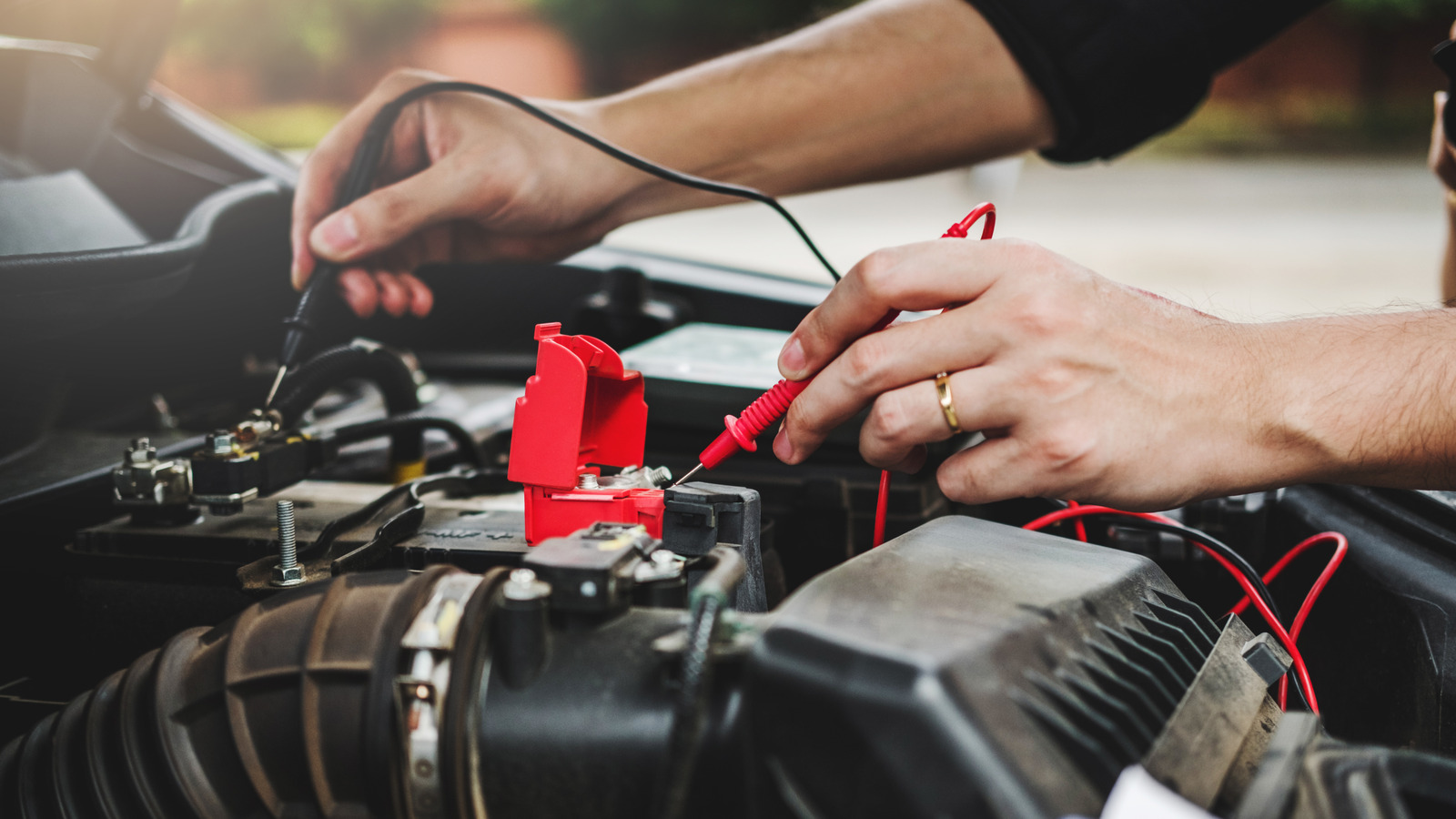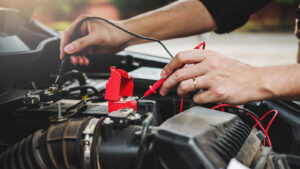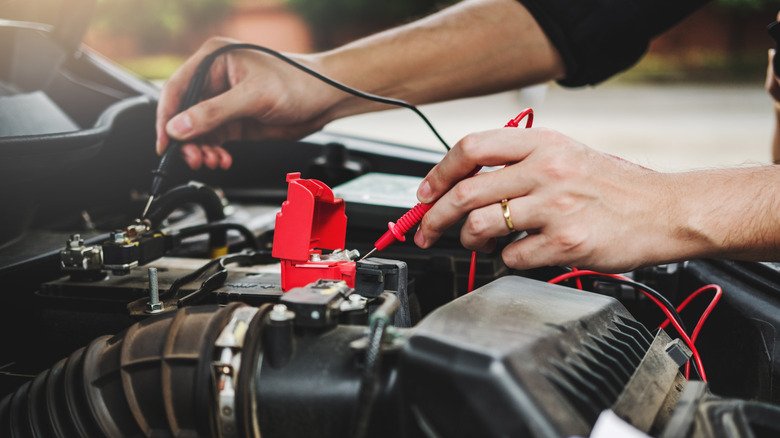
One of life’s greater frustrations can be hearing the annoying clicking sound of your engine struggling to turn over. If the alternator is faulty or you’re just having bad luck, discovering your car battery needs charging can certainly spoil your day. Fortunately, there are various methods to recharge your car battery and ensure it remains charged.
Advertisement
Using jumper cables is the most common method to charge a battery, though not every driver keeps a set on hand. Portable battery chargers are also available, offering enough power to give your car battery a boost. Alternatively, you might consider letting your engine idle while parked; however, this approach may not work as effectively as you might think.
Due to the time it takes to recharge a battery, the minimal power generated by an idling engine, and the fact that an alternator is not designed specifically to charge batteries, it can be challenging but feasible to charge your car battery by leaving your engine running.
Yes … but, also no
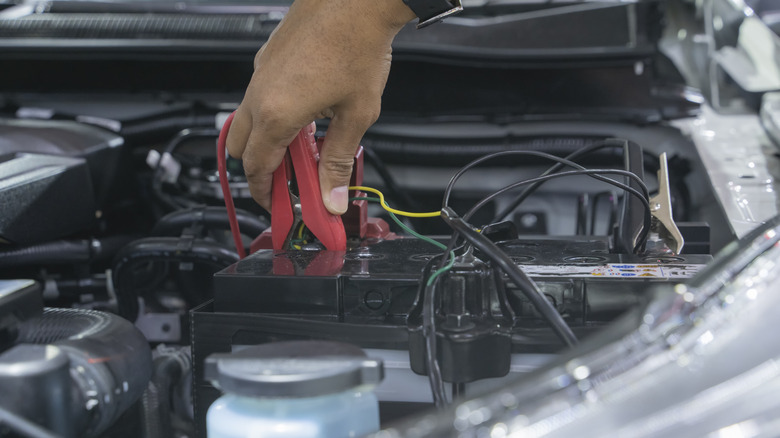
Charging a car battery can often take longer than anticipated, especially when the energy is supplied by an idling engine. If you jump start your vehicle and leave it in park, the engine typically idles below 1,000 RPMs. At this low RPM, the engine isn’t generating enough mechanical energy for the alternator to charge the battery effectively.
Advertisement
While idling, the alternator also powers the vehicle’s accessories, such as the infotainment and climate control systems. Consequently, there is limited power available to charge the battery—in the mere amps, rather than the hundreds needed to start the engine.
It’s important to note that while an idle engine lacks the necessary power to charge a battery, a functioning engine does. However, “You would need to drive for an extensive period to charge a car battery. Since alternators are not designated as chargers, your battery will not reach a full charge while driving,” states Jeff Barron, an expert in auto electronics at Interstate Batteries. They also note that you would need to drive over 500 miles at 65 mph to recharge your car battery from 50% to 80%.
Advertisement
How to keep your vehicle charged
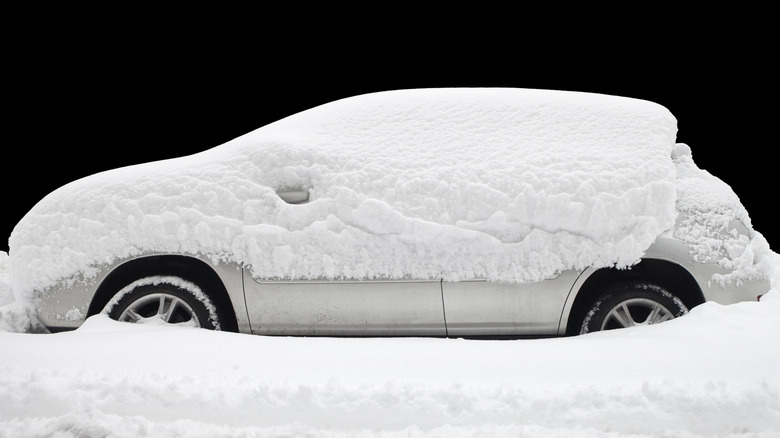
To avoid the worry of a dead car battery, consider implementing preventative maintenance; for instance, routinely checking your battery’s charge. For those residing in cold climates or challenging winter conditions, utilizing a trickle charger is almost essential. If you primarily use your vehicle sporadically, a trickle charger can ensure your battery remains functional.
Advertisement
A portable battery charger serves as an excellent alternative for those without access to a trickle charger. Keeping one in your trunk will enable you to address battery issues with ease. Simply attach the jumper cables to your car’s battery, adhere to the instructions, and you’re back on the road in no time.
Additionally, having a set of jumper cables in your vehicle is a simple way to safeguard against a dire battery situation. As long as another driver is willing to assist, jumper cables can be a reliable solution.
What to do if your car runs out of battery
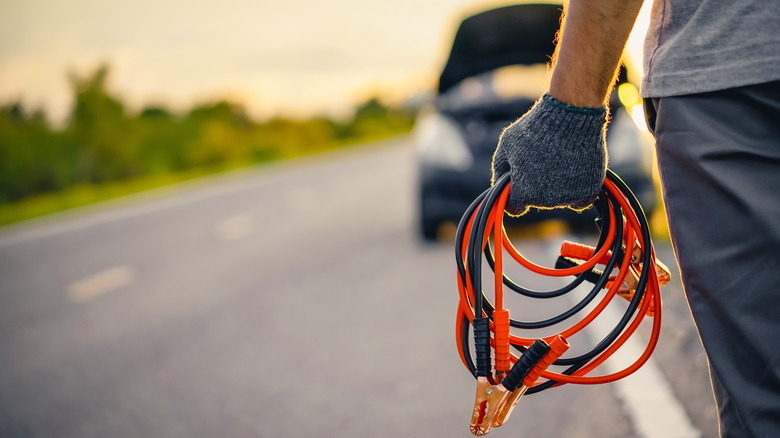
Despite your best efforts—attaching your trickle charger each night and keeping jumper cables in your vehicle—the worst has occurred: your car’s battery is dead. The first step is to reach out to a friend who can come to your location to assist in jump-starting your vehicle, or look for someone nearby willing to help. Alternatively, you could contact a towing service or mechanic to jump-start your car or, if there are larger issues, tow your vehicle for repairs.
Advertisement
Keep in mind that car batteries typically last between three to five years. If you suspect your battery is nearing the end of its lifespan or if you find yourself needing to turn the key two or three times to start the car, it might be time to consider a replacement. Signs of a failing battery also include dim headlights and the scent of burnt wiring.

